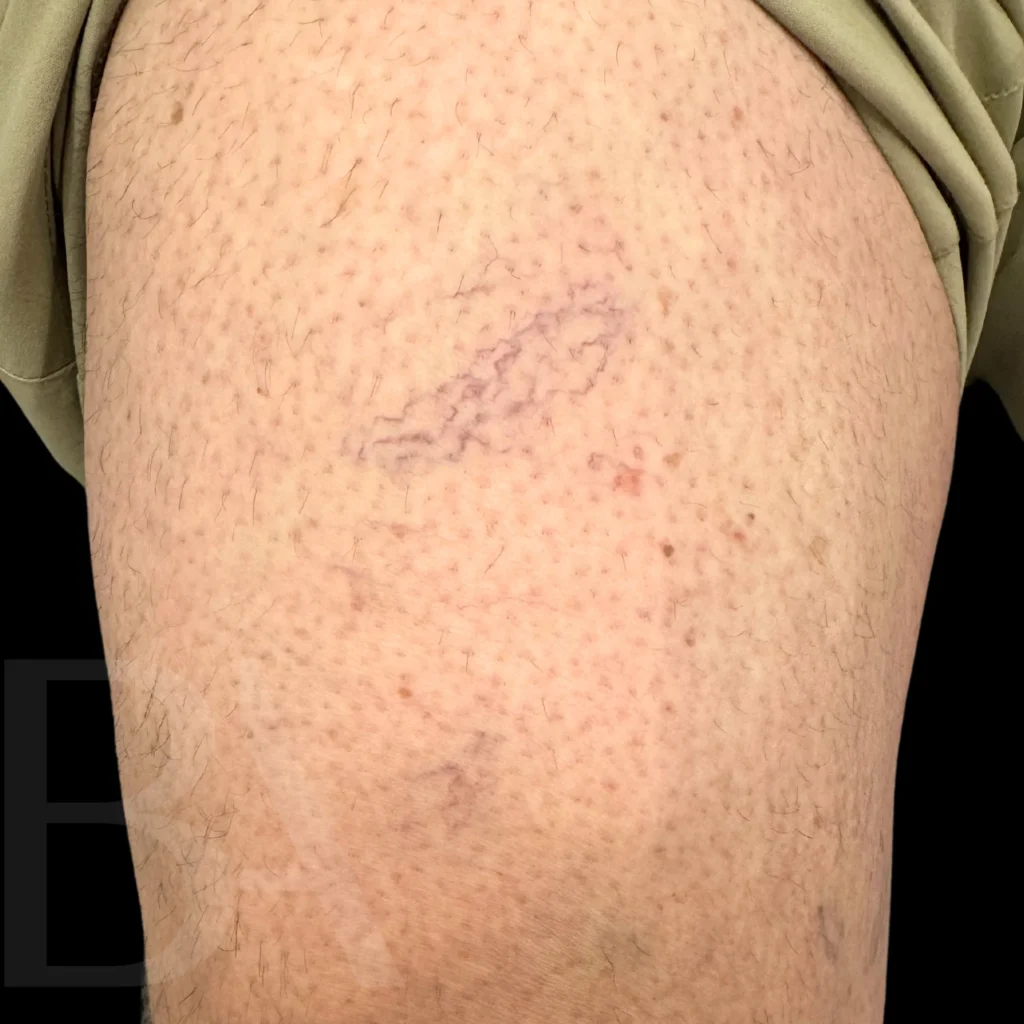Varicose veins are a common condition that affects many individuals, particularly as they age. These enlarged, twisted veins can often be seen just beneath the surface of the skin, typically in the legs or feet. While they may cause discomfort or cosmetic concerns, understanding their origins and potential treatments can help address questions surrounding this condition.
What Are Varicose Veins?
Varicose veins are veins that have become swollen, twisted, or more prominent due to changes in their structure and function. Veins, in general, are responsible for returning blood to the heart from other parts of the body, often working against gravity. To aid this process, veins contain one-way valves that prevent blood from flowing backward. When these valves weaken or fail to work properly, blood can pool in the veins, causing them to stretch or enlarge. This leads to the appearance of these veins, which may be visible as bulging, rope-like structures under the skin. They often appear blue or dark purple and are most commonly found in the lower legs.
What Causes Them?
Several factors are associated with the development of varicose veins. These factors often contribute to increased pressure or weakened vein walls and valves. One significant contributor is age. Over time, the veins in the body naturally lose elasticity, leading to wear and tear on the valves. This can result in blood flowing backward and pooling. Individuals who have a family history of these veins may also be more likely to develop the condition, as genetics may play a role in vein health.
Another common factor is prolonged periods of standing or sitting. Occupations that require individuals to stay on their feet for long hours may increase pressure in the veins of the legs and feet, potentially leading to varicose veins over time. Sitting for extended periods without movement may negatively impact blood circulation. Weight also plays a role, as carrying extra weight can increase pressure on the veins in the lower body.
How Are They Treated?
Treatment approaches for varicose veins vary depending on the severity of the condition and whether the veins cause symptoms. Simple changes in lifestyle might help alleviate symptoms or prevent further progression. Maintaining a healthy weight and avoiding long periods of standing or sitting can promote better circulation. Elevating the legs while sitting or lying down may also help reduce pressure in the veins.
For individuals seeking more targeted interventions, medical treatments are available to address varicose veins. The following procedures are commonly employed:
- Sclerotherapy: A minimally invasive technique that involves injecting a solution into small- to medium-sized veins. This solution causes the vein to close and eventually fade.
- Laser Treatments: These procedures use focused light to close off smaller veins.
- Endovenous Ablation Therapy: This minimally invasive approach uses heat, often delivered via radiofrequency or laser, to seal off affected veins.
- Surgical Procedures: For more severe cases, surgical interventions such as vein stripping may be recommended.
It is integral to consult a healthcare provider to determine the most appropriate treatment approach based on individual needs. They can help guide the decision-making process while factoring overall health and the size and location of the affected veins.
Speaking Further With a Medical Expert
A healthcare professional is best equipped to assess individual cases and recommend tailored care. If you are experiencing symptoms or have concerns about the appearance of your veins, reaching out to a medical expert can provide further clarity. By partnering with a qualified provider, you can explore available options and work toward enhanced comfort, health, and well-being.

